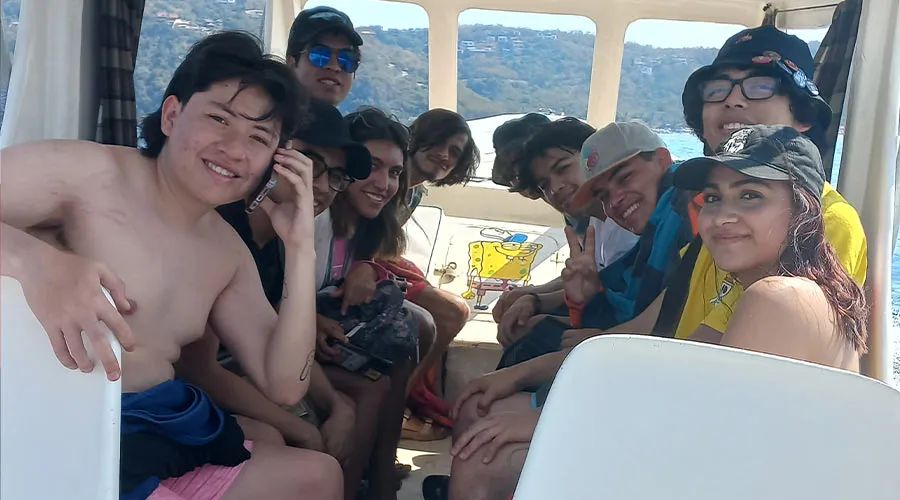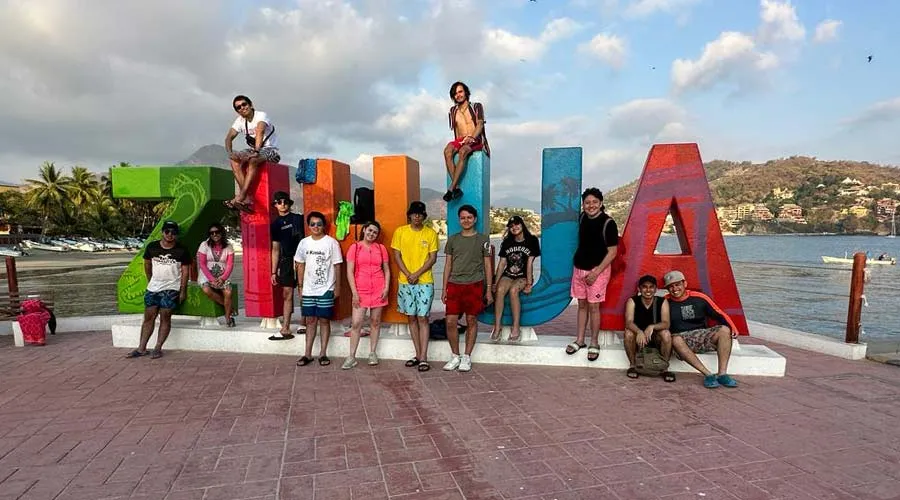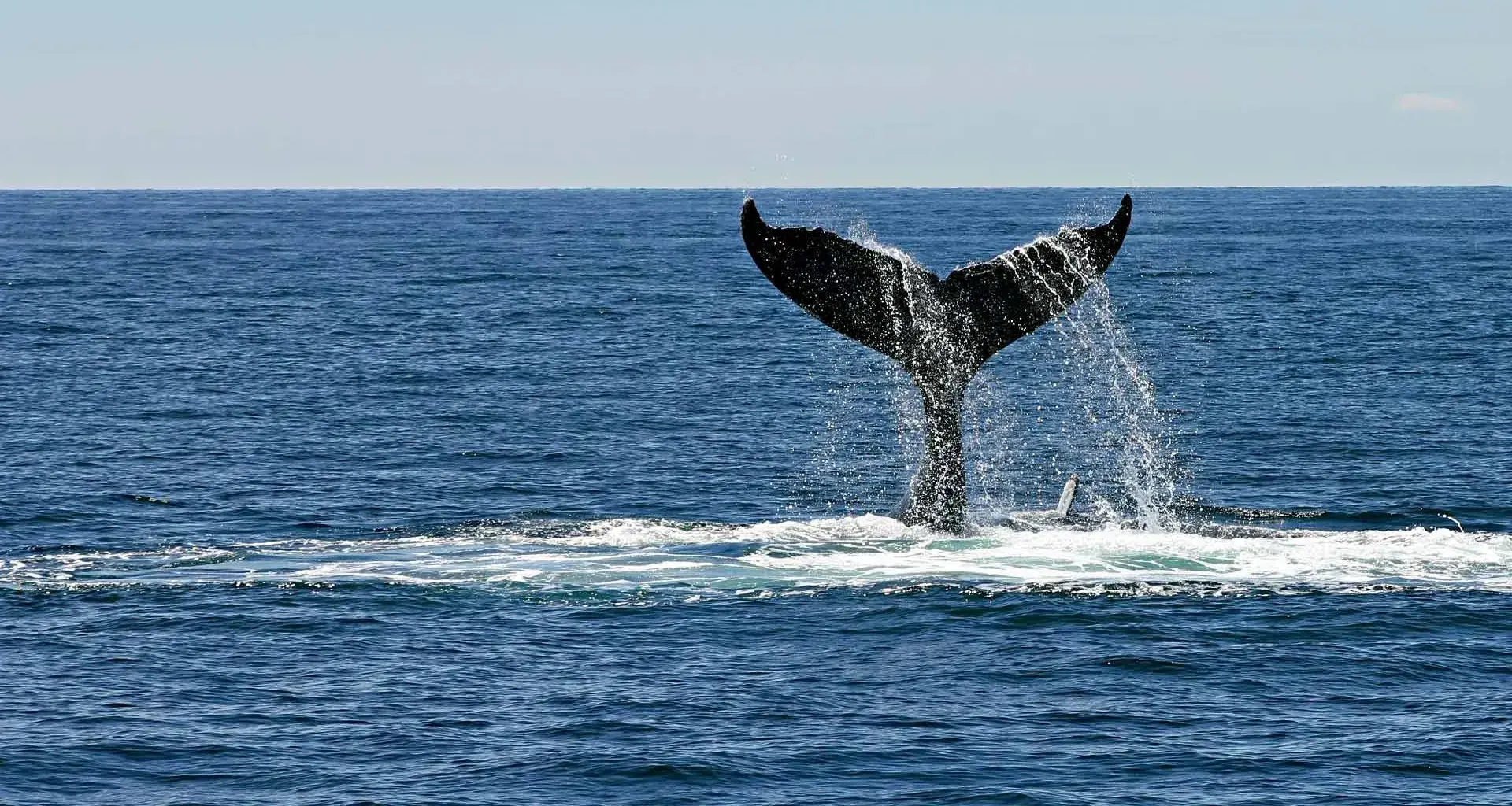Students studying Data Science and Mathematics Engineering (IDM) at Tec de Monterrey’s Mexico City campus (CCM) participated in the Coding for the Whales project in the state of Guerrero, where they collected data and did many other activities in collaboration with the Whales of Guerrero association.
The IDM students had the opportunity to participate in the community service project, which aims to save whales, for the first time in January 2023, during the winter program.
Coding for the Whales aims to monitor whales using computer tools through which it will learn about their reproductive habits, behavior, and migration patterns.
The international Whales of Guerrero association also participated in the project in order to work with local communities in a socially responsible way.
This project contributed to the biological study of the species and supported the work of biologists from the association, which is dedicated to saving marine fauna in the fishing village of Barra de Potosí and southwestern Guerrero in Mexico.
Using technology in marine biology
During their stay, the students visited local communities and were able to interact with the marine mammals.
They were also able to identify problems and solve them using the tools at their disposal and the knowledge they had acquired during their degree program.
Over the course of 4 days, the students participated in various activities, including turtle camps, workshops for local communities, whale spotting, and beach cleanups.
The students recorded whale sound waves using special underwater microphones, which allowed them to take recordings, import them into a program, and interact with them.

“Each whale has a unique sound; this tells us if it’s male or female, and the decibel level can tell us where the whales are located,” shared IDM student Marcelo Ceroni.
One of the students’ greatest challenges was understanding the mathematical and topological tools that they would use for the project.
Some of the topological tools used were simplicial complexes and persistent homology, both of which help create a map from the recorded wave data set.
Marcelo Ceroni explains that this map, created from the intersections found in the sound waves, helps to identify the location of the whales, and thus know the mammals’ trajectory during the migration season.
“I enjoyed exploring how I can contribute to the world using my professional skills.” - Marcelo Ceroni.
The IDM students reflected on their experience of applying mathematics to a field such as marine fauna.
“I enjoyed exploring how I can contribute to the world using my professional skills,” said Marcelo.
Professor Salvador Garza, manager of the Coding for the Whales project, also explained that this type of community service helps students develop problem-solving skills and have a greater connection with the social and productive sectors.
“We’ve got to get involved in order to make a difference,” he added.
Coding for the Whales will now be taught every winter, during the season when the whales arrive in Guerrero. It is looking to expand nationwide so that more students can have the opportunity to participate in the project.

ALSO READ:





